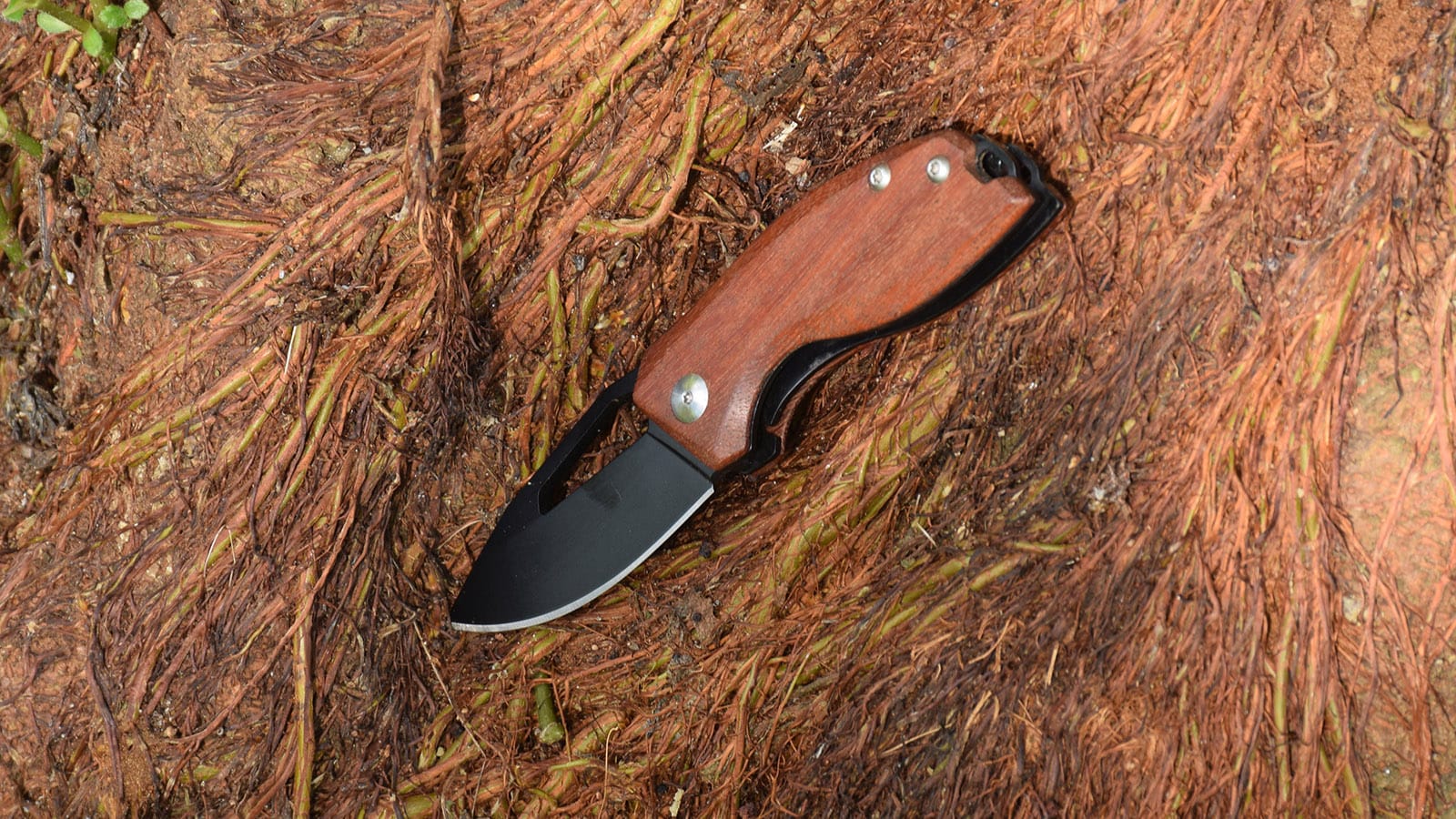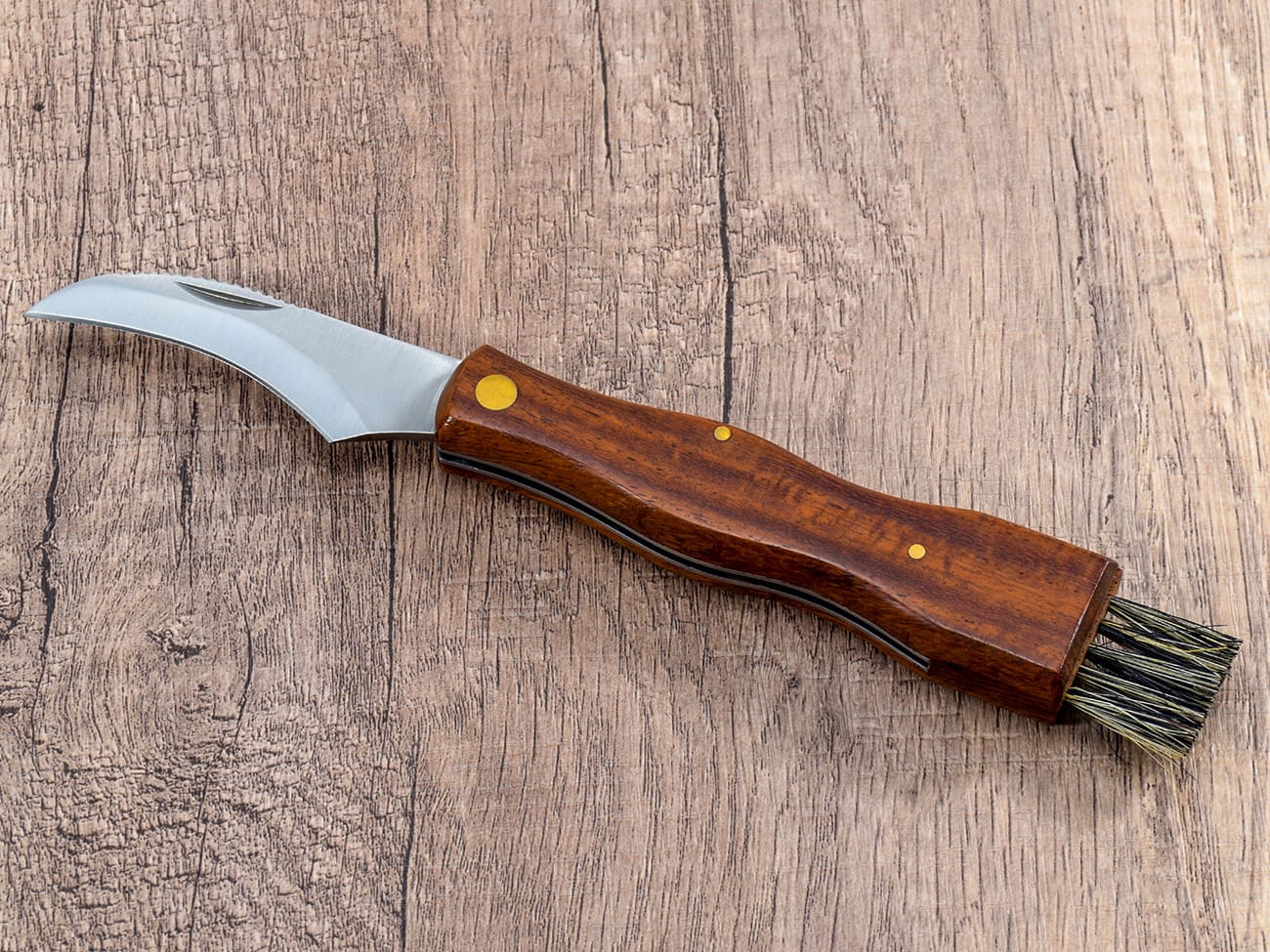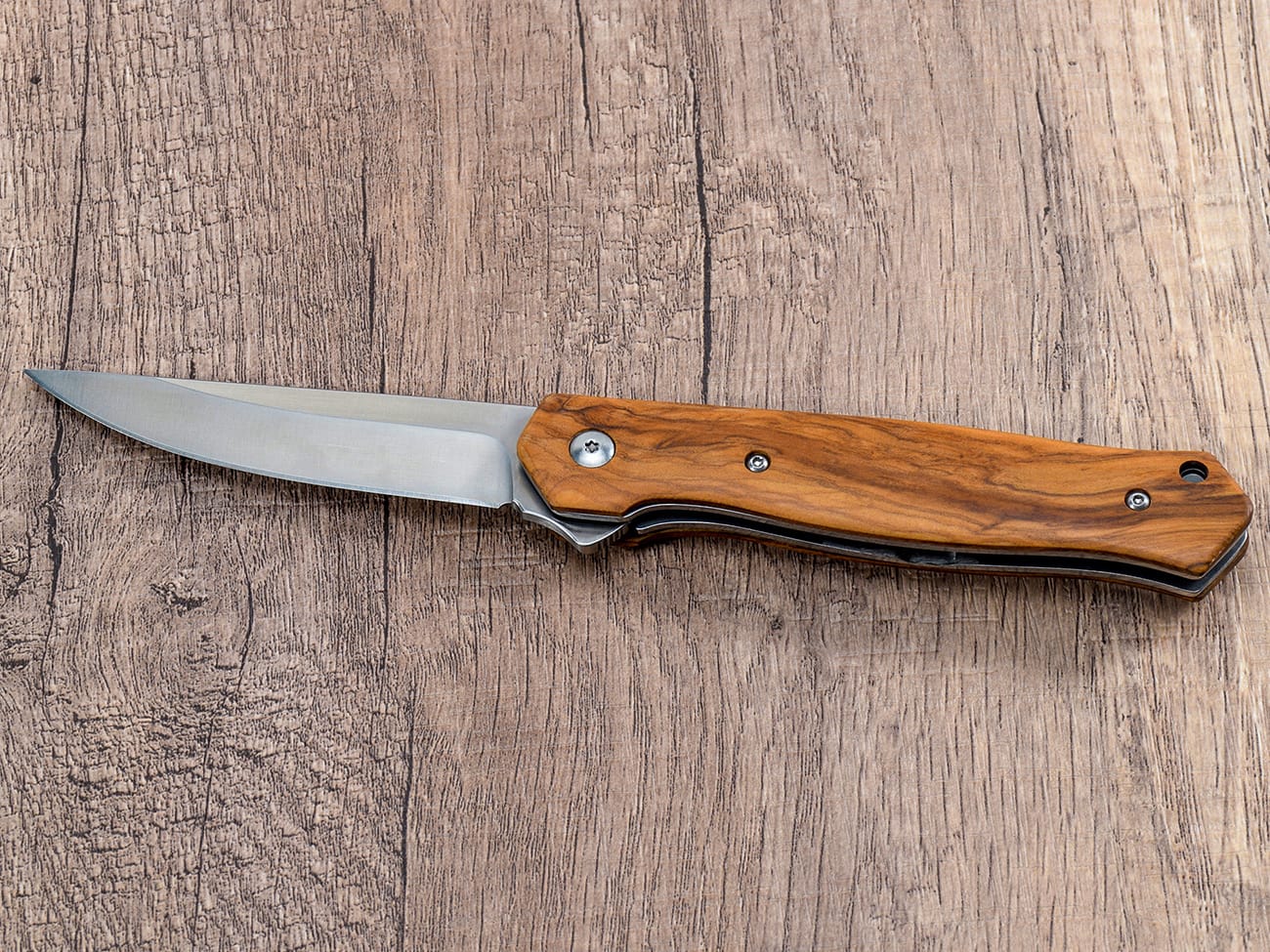Getting your child their first pocket knife is an important milestone that marks a new chapter in responsibility and independence. This comprehensive guide will help parents determine the right age and circumstances for introducing their children to knife use, while ensuring safety remains the top priority.
What is the Right Age for a First Pocket Knife?
The ideal age for a child’s first knife varies depending on maturity level and previous experience with tools. Generally, most children are ready for their first pocket knife between 7 years old and 11 years old, with supervision. The key factor isn’t just age – it’s whether they’re mature enough to handle a knife responsibly and understand safety protocols.
Signs Your Child is Ready for a Pocket Knife
Before giving your child a knife, look for these indicators of readiness:
- Demonstrates responsibility with other tools
- Shows patience and ability to follow instructions
- Has enough dexterity to handle sharp objects safely
- Understands and respects safety rules
- Shows interest in learning proper knife skills
Starting with Safety: Essential Guidelines
Teaching knife safety should always come before actual knife use. Here are crucial safety points to cover:
- Never cut toward yourself
- Keep fingers away from the blade
- Only use knives with adult supervision initially
- Learn proper technique for opening and closing folding knives
- Maintain awareness of surroundings while using the knife

A classic folding knife suitable for supervised knife use by young learners
Choosing the Perfect First Knife for Kids
When selecting a child’s first knife, consider these factors:
- Size: A small knife with a 2-3 inch blade is ideal
- Type: A slip joint knife or Swiss Army knife makes an excellent starter knife
- Safety Features: Look for models with finger guards and rounded tips
- Lock Type: A lockback mechanism can provide additional safety
How to Introduce Knives to Children
Start with these steps:
- Begin with butter knives for practice
- Progress to supervised use of real tools
- Teach proper grip and cutting techniques
- Practice whittling on soft wood
- Gradually increase independence as skills improve
Common First Knife Options
Several knife styles make excellent choices for beginners:
- Victorinox Swiss Army knife
- Basic folder with rounded tip
- Small fixed blade knife for outdoor activities
Teaching Responsible Knife Ownership
Ownership comes with responsibilities:
- Proper storage and maintenance
- Regular cleaning and sharpening
- Understanding when and where to carry
- Respecting rules about unsupervised use
- Learning basic first aid
Important Safety Rules to Establish
Create clear guidelines:
- Always ask permission before using
- No unsupervised use until proven ready
- Keep the knife clean and sharp
- Store in a designated safe place
- Never use as a toy or weapon
Building Skills Progressively
Develop expertise through:
- Supervised practice sessions
- Starting with simple tasks
- Gradually increasing difficulty
- Regular safety reviews
- Positive reinforcement
When to Allow Independent Use
Consider these factors:
- Consistent demonstration of safety awareness
- Proven responsibility with supervised use
- Understanding of proper techniques
- Maturity to handle potentially dangerous tools
- Ability to maintain and care for the knife
Key Takeaways:
- Most children are ready for their first pocket knife between ages 7-11
- Maturity and responsibility matter more than age
- Start with supervised use and safety training
- Choose an appropriate starter knife with safety features
- Build skills progressively
- Establish clear rules and expectations
- Monitor progress and adjust supervision accordingly
Remember: Teaching a child to use a knife safely is a journey, not a destination. Take your time, be patient, and prioritize safety above all else.



